Reviews
Ed Ragozzino
USA, 1977
Credits
Review by David Carter
Posted on 26 October 2012
Source VCI Entertainment DVD
Categories 31 Days of Horror IX
When the first European settlers arrived in North America they brought a rich tradition of folklore. The import of such mythology meant that vampires and werewolves would have a place in the fears of the new world. Unbeknownst to these settlers, however, was the knowledge of a hirsute and evasive creature lurking in the wilds of what would become the United States and Canada: the Sasquatch. Known under a variety of regional names but commonly called “Bigfoot,” the creature, according to native North Americans, was either a ferocious predator or a gentle nature spirit, but all concurred on the beast’s inherent elusiveness. Sightings of the creature date into the 1800s, but a debate persists as to what Bigfoot actually is: the fabled “missing link,” an undiscovered species of ape, or simply an endless stream of misidentifications and hoaxes. What is certain is that as one of the only monsters indigenous to North America, the Bigfoot has been woefully underrepresented in American horror cinema. On Fridays throughout the coming month we’ll be taking a look at some of the high and low lights of Sasquatch cinema.
Forty-five years ago this month, the Bigfoot encounter filmed by Roger Patterson and Robert Gimlin ushered in the first wave of Sasquatch cinema, which shared theatre space with a host of other supernatural subjects in the seventies. Bigfoot films, like those about ghosts, aliens, and various other creatures, divided their time between the horror and the documentary genres, producing a considerable number of features but ultimately few in either genre that have proven memorable. Sasquatch films falling in either genre made an effort to capitalize on the “true story” aspect of their tales, and the idea that Bigfoot is a real creature plays a large role in many of the films. One of the more successful films to combine elements of documentary and horror is 1977’s Sasquatch: The Legend of Bigfoot, a faux-documentary about an expedition to find the eponymous beast.
Sasquatch draws its influence from the Bigfoot films that preceded it, most notably 1976’s The Legend of Bigfoot. In addition to the likely intentional mimicry of the title, Sasquatch takes that film’s main focus - real life wildlife expert and Bigfoot hunter Ivan Marx - and essentially replicates him for its main character, Chuck Evans. Those who have seen Legend will be familiar with Marx’s frequent poetic musings about nature, ecology, and his mysterious prey, and Sasquatch’s Evans provides similar commentary during the film’s mostly uneventful trek to the fictional Peckatoe River Valley in western Canada. The similarities between the two films’ narration is intentional, as is Sasquatch’s appropriation of Legend’s overall structure and the documentary format. To the unfamiliar, Sasquatch would appear equally as authentic as Legend or any other Bigfoot documentary film—a technique that would greatly enhance the impact of the film’s conclusion.
While Evans and crew are making the journey to their ultimate destination, the film borrows a trick from The Legend of Boggy Creek and includes reenactments of famous Bigfoot encounters to satisfy the film’s horror quota. The first of these is the “Ape Canyon incident” from 1924, which took place near Mt. St. Helens in Washington State. Four miners claimed to have been attacked by a group of ape-men/”mountain-devils”/Sasquatch who battered the outside of their cabin and pelted them with rocks and logs for an entire night. Per one of the experiencers, Fred Peck, claims the men shot at the creatures - killing at least one - but no bodies were found the next day. Peck attributes this to his belief that the creatures were extra-dimensional beings—a not uncommon belief in Bigfoot lore. Sasquatch doesn’t address this aspect, but instead treats the incident as wholly terrestrial and factual in a well-executed scene that manages to generate a good deal of terror.
The second reenactment in the film is less mysterious but no less frightening: the Bauman-Jessup incident from 1892. The source of the incident is none other than President Theodore Roosevelt, who documented the story in his book The Wilderness Hunter. Trapper Bauman and his partner Jessup were trapping beaver in Montana when they saw what they believed to be a bear walking on two legs. Leaving Jessup alone to check the traps, Bauman returned to camp to find Jessup’s body with a broken neck and teeth marks on his upper torso. Less exotic than the film’s first tale, Sasquatch includes the Bauman-Jessup incident primarily on the basis of its famous source in an effort to lend credence by association to all Bigfoot legends.
The technique of foreshadowing the film’s climax in these reenactments accomplishes the goal of keeping the film grounded in horror, but the technique is used too sparingly to compensate for the uneventful trip to the Peckatoe River Valley. Once there, the film delivers one of the more exciting, terrifying, and well-realized sequences in all of Sasquatch cinema. Upon their arrival, Evans instructs his companions to construct a grid around their campsite using tripwires connected to a central switchboard. This will allow them to see when and where the Bigfoot has penetrated their outer and inner perimeters, enabling them to move into position with their tranquilizer guns. The mood of the group becomes tense as the first light begins to flash, revealing a Sasquatch approaching from the north. As two of the men move to meet the creature, a second light flashes, indicating an approach from the west. The first creature then breaches in the inner perimeter at the same time that several more lights are triggered, notifying Evans that his camp is surrounded by a small army of Sasquatch.
The Bigfoot attack depicted in Sasquatch is very reminiscent of the “Ape Canyon” event depicted earlier in the film, only intensified. The Sasquatch surround the team, striking at them from the darkness first by throwing boulders and later through physical attacks. The tranquilizers are useless against the Sasquatch, and the men fare no better when they resort to guns. No one leaves unscathed, and one team member suffers a very bloody and authentic looking shattered kneecap. They survive the night without casualties, however, yet they wake the next morning to see that all of their equipment and most of their supplies have been destroyed in the melee. Reluctantly, they begin the arduous trek back to civilization.
Sasquatch: The Legend of Bigfoot combines all of the techniques of successful Bigfoot cinema into a single film and yet only shines for a brief moment during its climax. Reenactments were a staple of the genre’s first major work, The Legend of Boggy Creek, but Sasquatch fails in its attempt to use them to add validity to its plot. Futher attempts to ground the film in reality are significantly hampered by the inclusion of two characters obviously intended solely for comic relief. In this manner Sasquatch ultimately becomes the prototypical Bigfoot cinema film—a litany of missed opportunities and flawed premises. Sasquatch cinema never produced an exceptional film and, despite having several entertaining curiosities, remains a footnote in horror cinema history. The genre never officially died - new entries appeared throughout the ensuing decades - and renewed interest in the subject due to increased television exposure means that it may be poised to make a comeback. When and if Sasquatch cinema does make its return, it will be with an extensive back-catalog of under-seen films to provide its filmmakers a template from which to learn.
More 31 Days of Horror IX
-
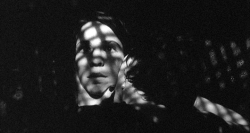
The Addiction
1995 -
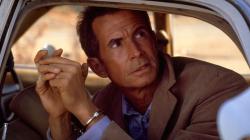
Psycho III
1986 -
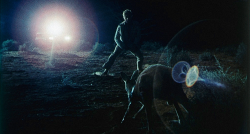
Wake in Fright
1971 -

Blacula
1972 -
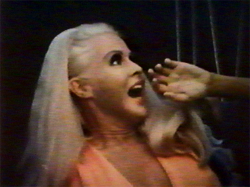
Big Foot
1970 -
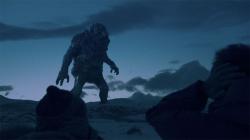
Trollhunter
2010 -
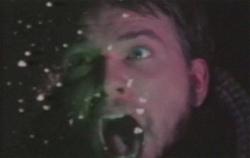
Invasion from Inner Earth
1974 -
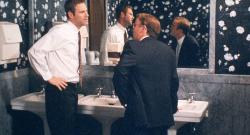
In the Company of Men
1997 -
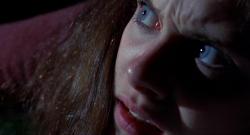
Happy Birthday to Me
1981 -

I Drink Your Blood
1970 -
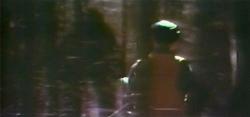
The Legend of Boggy Creek
1972 -
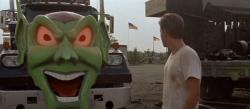
Maximum Overdrive
1986 -
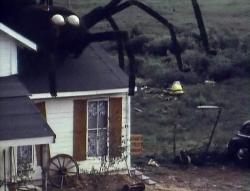
The Giant Spider Invasion
1975 -

Ganja & Hess
1973 -
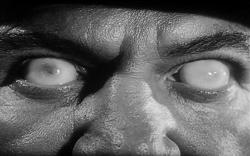
Not of This Earth
1957 -
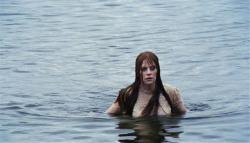
Let’s Scare Jessica to Death
1971 -
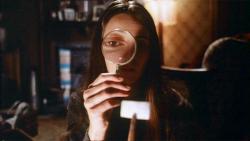
Next of Kin
1982 -
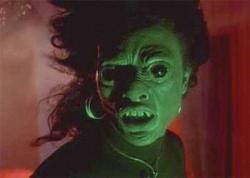
Def by Temptation
1990 -
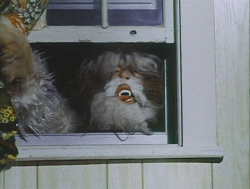
Shriek of the Mutilated
1974 -
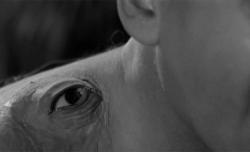
The Manster
1959 -
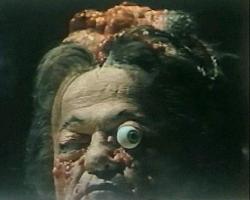
The Alpha Incident
1978 -
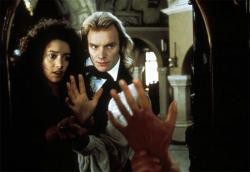
The Bride
1985 -
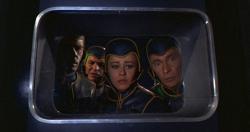
Planet of the Vampires
1965 -
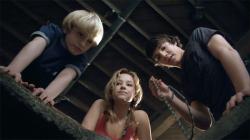
The Hole
2009 -
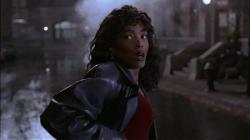
Vampire in Brooklyn
1995 -
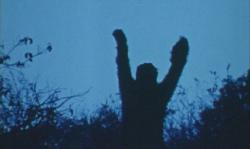
Sasquatch: the Legend of Bigfoot
1977 -
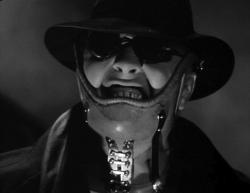
Mad Love
1935 -
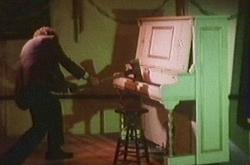
The Demons of Ludlow
1983 -

Habit
1997 -

Elephant
1989 -
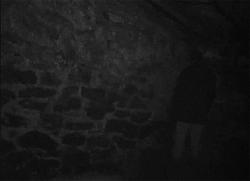
The Blair Witch Project
1999
We don’t do comments anymore, but you may contact us here or find us on Twitter or Facebook.



